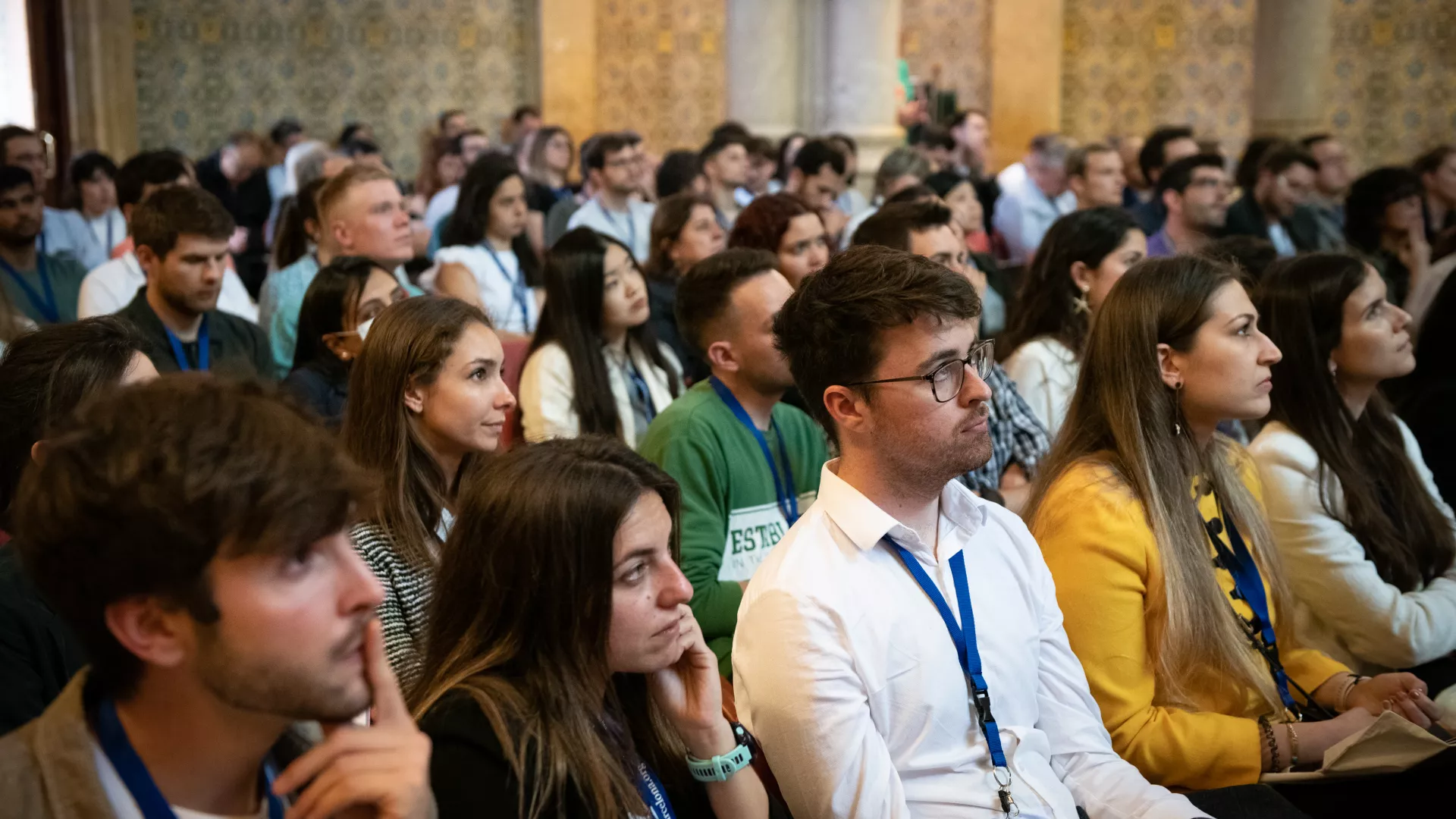Speaker: Prof Ciaran Morrison. Science Foundation Ireland (SFI) Principal Investigator. Centre for Chromosome Biology, School of Natural Sciences, National University of Ireland, Galway (Ireland).
Presentation
Organizers: IRB Barcelona
Date: Wednesday, March 7, 15:00h
Place: Aula Fèlix Serratosa, Parc Científic de Barcelona
Host: Joan Roig, IBMB-CSIC & Jens Lüders, IRB Barcelona
Abstract
The Morrison group explores how the cell cycle apparatus and the DNA repair and checkpoint machinery interact to determine the consequences of DNA damage. Our major work over the last five years has used gene targeting/ genome editing to explore how specific centrosome proteins regulate cellular DNA damage responses and ciliogenesis. We used gene targeting to remove centrins, CEP135, C-NAP1, CEP164 and pericentrin, but observed relatively minor impacts on centrosomes and on the DNA damage response. We confirmed a role for CEP164 in allowing primary ciliogenesis and found that centrins are required for efficient primary cilium formation in vertebrate cells, also showing that lymphocytes can be forced to make cilia. We confirmed a major role for centrins in nucleotide excision repair. We have also uncovered new functions for centrobin in ciliogenesis and DNA repair. Today’s seminar will describe our analysis in human cells of CEP164, centrin and centrobin, with a particular focus on our recent findings on the centriolar BRCA2 interactor, centrobin. We used use reverse genetics in human hTERT-RPE1 cells and zebrafish to demonstrate novel roles for centrobin in controlling primary cilium formation through a C-terminal tubulin- and CP110- interacting region. Observations made on the DNA repair capacity of centrobin-deficient cells will also be presented.
Cell and Developmental Biology Programme Seminar

